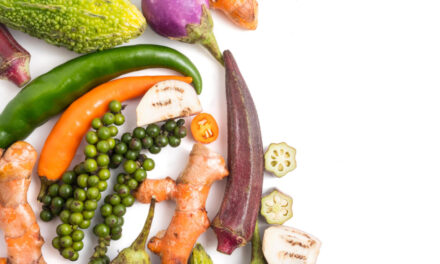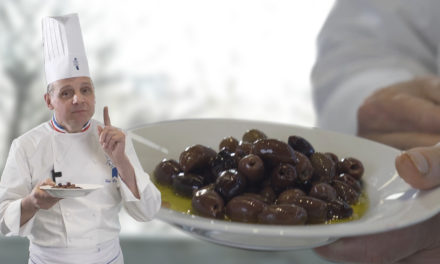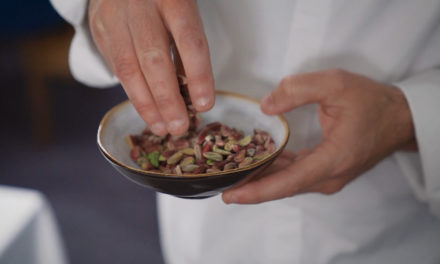
Eric Bouchenoire’s touch: sake
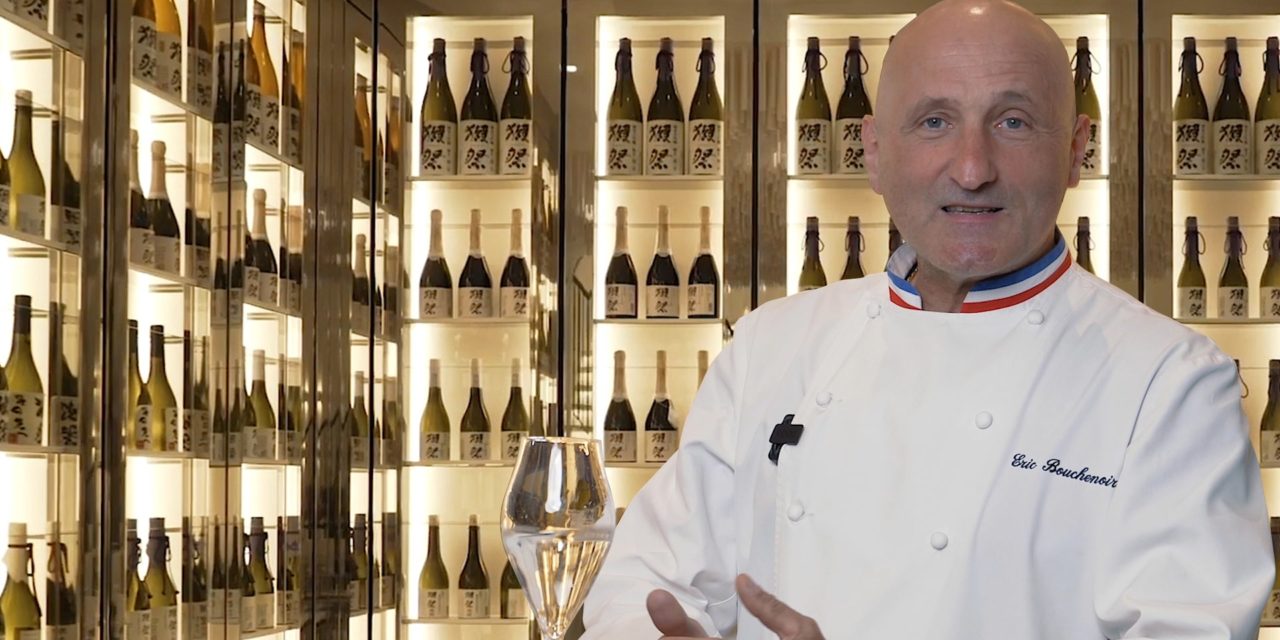
Japan is all about culture, flower scenery but, also ancient rice wine: sake. There are various kind of sake depending on taste and way of consuming. You are probably wondering how should you taste or buy from restaurants or stores selling many types of sake with kanji written labels. Do not worry!
The chef Eric Bouchenoire – former and close associate of Joel Robuchon – will tell you more about sake like how to choose and store it, how it is good for the environment and what are its health benefits.
How to choose and store it
If you wish to better assimilate the taste of sake, it is important to look closely at the label.
Once you are holding the bottle in your hands, try to find the rice-polishing rate, a percentage usually between 40% and 70%. This represents the amount of polished rice that remains after the husk was removed through milling. So for example, a ratio of 50% means that for a hundred kilos of rice, half of it was discarded (or reused in some other manner). This number affects the taste and price. The lower the number, the lighter and more refined the sake will taste. Not surprisingly, the price increases as well.
Prior to opening, most sake can be kept at room temperature in a dark place. Other delicate sake such as Nama, Ginjo and Daiginjo requires more attention and must be stored in the refrigerator. Usually, rice wine badly ages and must be drunk a few months after purchasing. If the date noted on the bottle is the latest then it should taste good. After that said, a year or two old sake can taste perfectly fine.
Japanese sake can taste nice good under different temperatures. In Japan, sake is usually consumed hot. Ginjo sake can be drunk hot but it is way better cold or at room temperature.
Identity card
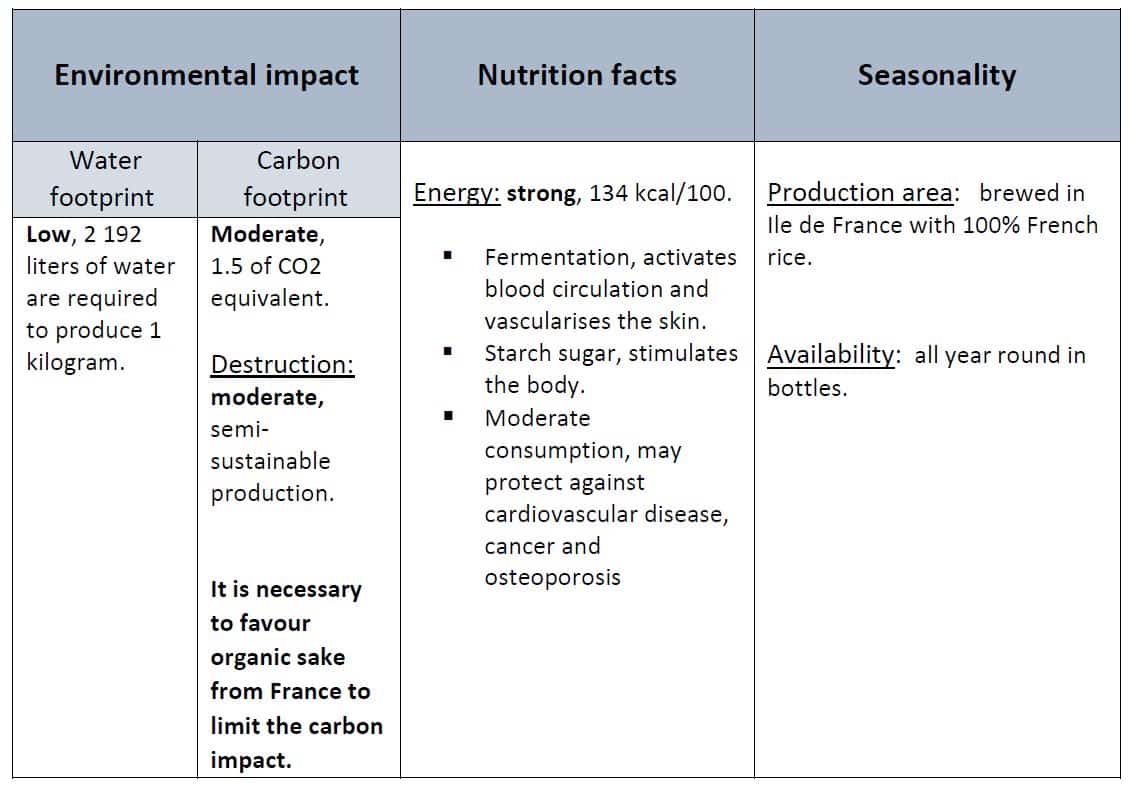
Here’s a travel invite to appreciate with moderation!






